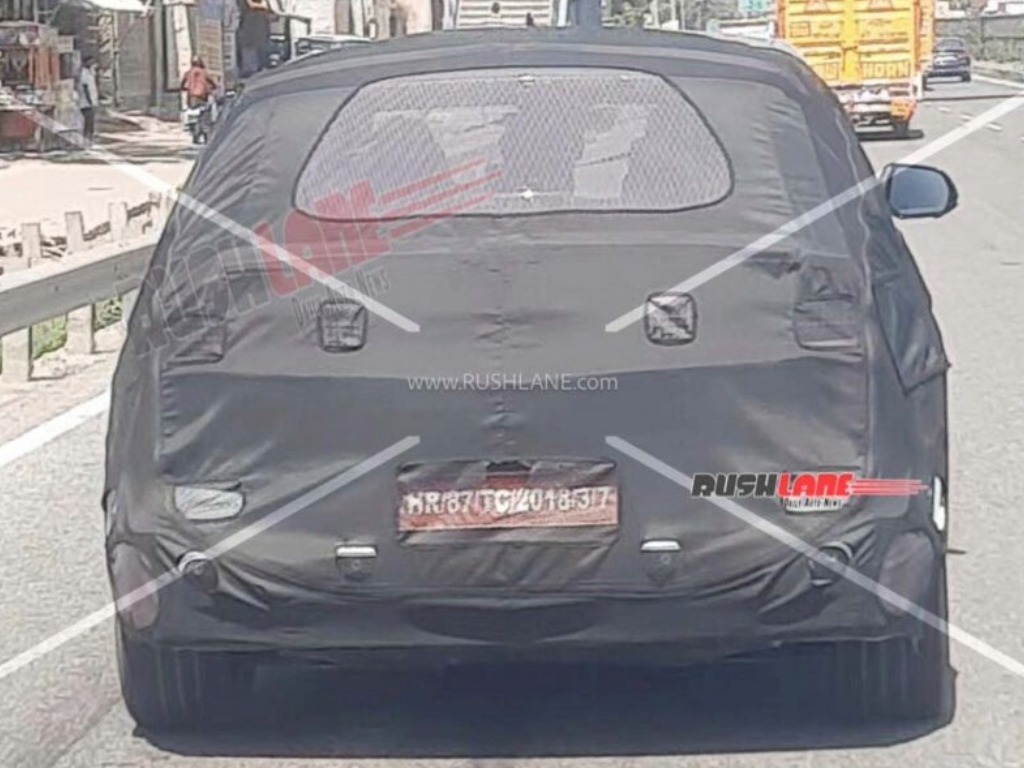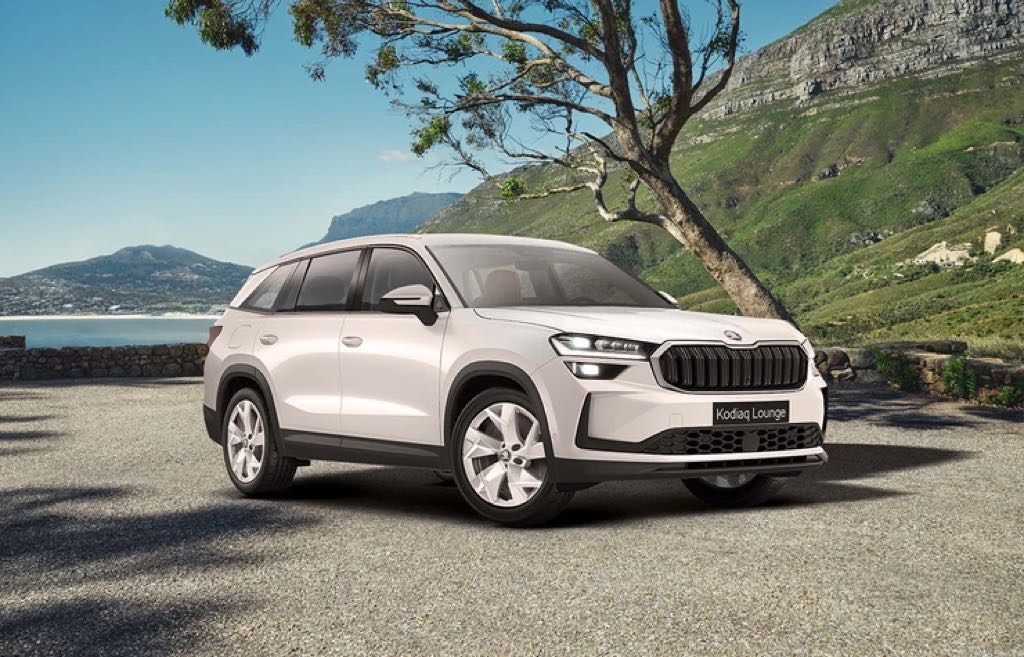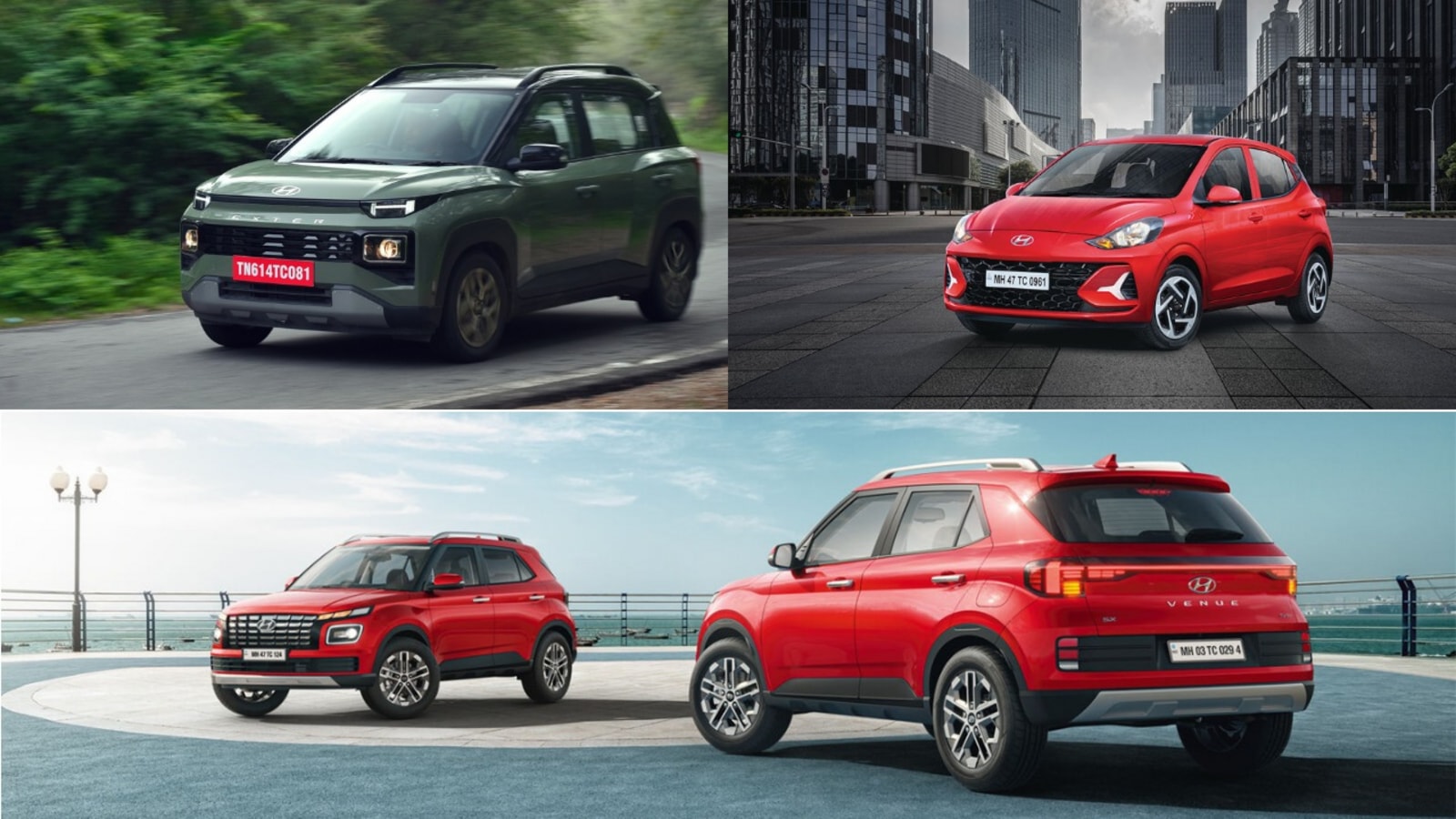We test the mileage of the Honda CB125 Hornet in the city and out on the highway as well.
The CB125 Hornet makes use of a 123.94cc, single-cylinder, air-cooled engine that produces 11.1hp at 7,500rpm and 11.2Nm of peak torque at 6,000rpm, paired with a 5-speed gearbox. It gets a TFT screen with a bunch of features, one of which is an Eco indicator that allows riders to extract the best efficiency while riding. The Hornet was impressive in terms of efficiency, and here are the mileage numbers from when we tested the bike.
Honda CB125 Hornet real-world fuel efficiency
The Hornet managed 59.8kpl in the city and 69.3kpl out on the highway
For this test, we ran the Hornet on the highway for 59.9km, after which the bike needed 0.86 litres of fuel to fill its tank again. Therefore, we arrived at a highway fuel economy number of 69.3kpl for the CB125 Hornet. Once that was done, we ran the Hornet through the roads of Mumbai for 45.5km, after which the fuel tank needed 0.76 litres. Thereby, we achieved a city fuel efficiency figure of 28.57kpl.

Honda CB125 Hornet fuel economy analysis
For a 125cc motorcycle, the CB125 Hornet packs a good punch. It feels quick enough in the city and is easily able to make overtakes when necessary. Further enhancing the ride experience is the fairly light clutch action and slick gearbox.

For our city fuel efficiency run, we were cruising while keeping a steady pace, making adequate gearshifts and not unnecessarily revving out the bike. Meanwhile, out on the highway, we kept a speed of around 60kph to 70kph and were in fifth gear for most of the time. As you cross 75kph, the bike feels strained, and vibrations creep in. Overall, it gave us an average of 64.5kpl, which is really good for a bike in this segment, but keep in mind that figures will vary depending on different riding styles and conditions.
Autocar India’s fuel-efficiency testing
Our fuel-efficiency testing routine starts by first brimming the tank and ensuring the bike is running the manufacturer’s recommended tyre pressures. The bike is then ridden on fixed city and highway routes, where we maintain average speeds that best mimic real-world scenarios, as well as keeping speed limits in mind. The payload on the bikes is kept constant by balancing rider weights and ballast, ensuring consistency across different vehicles and riders. At the end of the test cycle, the fuel tank is once again filled to the brim, giving us an accurate figure of how much fuel has been consumed against the trip meter reading.



